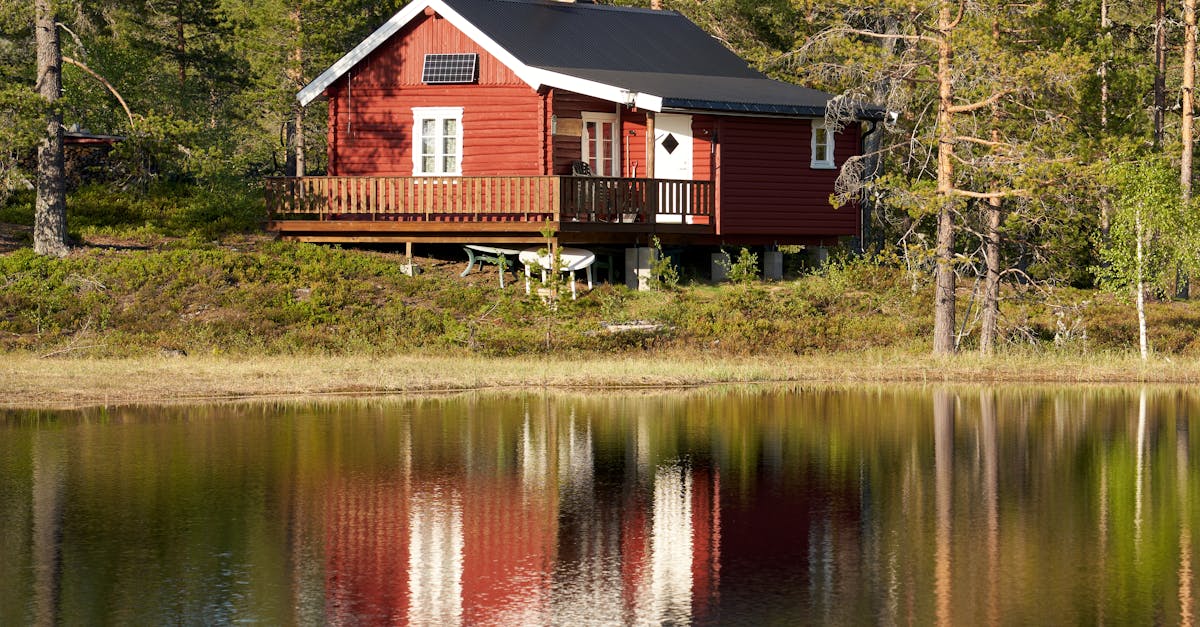
Another significant development is the rise of energy storage solutions, such as battery technologies that enable efficient management of renewable energy. By storing excess energy generated during peak production times, facilities can utilise it during periods of high demand. This shift not only enhances energy resilience but also contributes to a balanced relationship between consumption and production, fostering a more sustainable energy landscape.
Smart home technology offers enhanced control and convenience in managing energy-efficient appliances. Homeowners can remotely monitor and adjust settings on devices such as thermostats, lighting, and even kitchen appliances. This connectivity not only promotes a more sustainable lifestyle but also allows users to make adjustments based on real-time data, optimising energy consumption.
FAQS
Integration with digital assistants has further simplified home energy management. Voice-activated systems enable users to instruct their appliances without the need for physical interaction. This functionality supports energy efficiency by ensuring devices operate only when necessary, reducing waste and contributing to lower utility bills. The seamless interaction of smart devices signifies a shift towards a more intelligent and eco-conscious approach to home management.
What are energy management systems (EMS)?
Integrating Appliances for Better Efficiency Energy Efficient CheshireEnergy management systems (EMS) are integrated platforms designed to monitor, control, and optimise energy consumption within various facilities, ensuring efficient use of resources and reducing costs.
The integration of smart appliances within a home network enhances overall energy efficiency. Appliances that communicate with one another can optimise energy usage, adjusting their operations based on real-time data. For instance, a smart thermostat can signal the air conditioning system to reduce power when the house is unoccupied, significantly lowering electricity consumption. Such interconnected devices allow homeowners to monitor and control energy usage through mobile applications, ensuring a more conscious approach to consumption.
How have energy management systems evolved over time?
Innovative technologies like automated scheduling and adaptive learning further contribute to this efficiency. Appliances can learn a household's routines, activating during off-peak hours to take advantage of lower energy rates. This smart scheduling not only helps save on utility bills but also reduces strain on the power grid during peak times. By embracing these technologies, homeowners can play a crucial role in promoting sustainable living while enjoying the conveniences of modern appliances.Historical development of biomass energy
Energy management systems have evolved from manual processes to sophisticated computerised systems that incorporate automation, smart technologies, and renewable energy sources, enhancing both efficiency and sustainability.
FAQS What role did automation play in the development of energy management systems?
Review of the latest building automation systems
Roundup of top insulation technologies for residential useWhy building automation systems are essential for energy efficiency
What to consider when upgrading insulation technologiesWhat are energy-efficient appliances and their benefits
What are Energy-efficient Appliancesicantly influenced by a variety of regulations designed to promote sustainable practices while addressing environmental concerns. National and regional policies have emerged to incentivise the use of biomass through tax breaks, subsidies, and grants. These regulations often require adherence to strict sustainability criteria, ensuring that biomass feedstocks are sourced responsibly. This framework aims to minimise deforestation and loss of biodiversity, while also promoting the efficient use of resources. Why geothermal energy is essential for sustainable living
How to Maintain Energy-efficient AppliancesAdditionally, emissions standards imposed on biomass facilities play a vital role in shaping operational practices. Regulatory bodies mandate that biomass energy producers adhere to limits on pollutants released during combustion and processing. By enforcing these standards, the industry is encouraged to adopt cleaner technologies and continuously improve their practices. The interplay between regulations and industry innovation fosters an environment where sustainable biomass solutions can thrive.
Contemporary Biomass Energy Applications